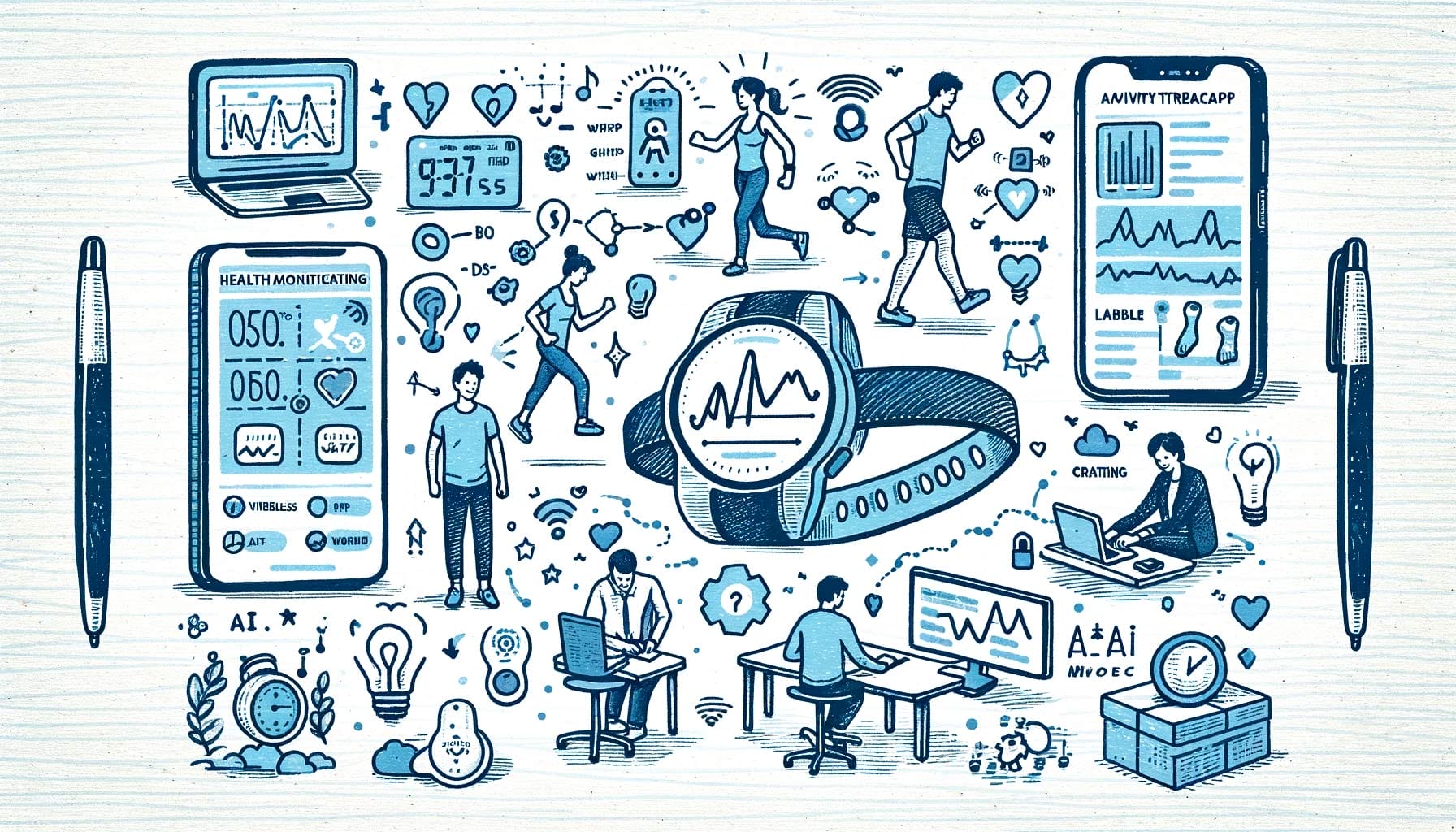1. Introduction to Heart Rate Variability (HRV)
1.1 Definition and basic explanation of HRV.
Heart rate variability (HRV) is a subtle yet critical aspect of cardiovascular health, reflecting the nuances of our body’s internal rhythms. Unlike the constant tick of a metronome, a healthy heart exhibits variability in the timing between beats. This variability is an essential indicator of our autonomic nervous system’s (ANS) balance, influenced by both the parasympathetic (rest-and-digest) and sympathetic (fight-or-flight) branches.
- HRV Basics: At its core, HRV is the variation in time intervals between consecutive heartbeats, measured in milliseconds. This variation is not random but is a sophisticated response to various physiological stimuli.
- Autonomic Nervous System: The ANS plays a pivotal role in regulating HRV. It comprises two main branches: the parasympathetic nervous system, promoting relaxation and recovery, and the sympathetic nervous system, triggering stress responses.
- Importance of Variability: A higher HRV generally indicates a robust and flexible ANS, capable of efficiently managing stress and promoting recovery. In contrast, a lower HRV often signals stress or potential health issues.
“HRV is a mirror reflecting the dynamic interplay between our body’s stress responses and relaxation processes.”
Understanding HRV is crucial, as it offers insights far beyond what traditional heart beats measurements provide. It’s a window into our body’s capacity to adapt to challenges, recover from stress, and maintain overall health and well-being.
For a deeper understanding of HRV and its implications in health, our Ultimate Understanding Heart Rate Variability (HHRV): A Comprehensive Guide provides a comprehensive overview.
1.2 Importance of HRV measurement in Health and Wellness
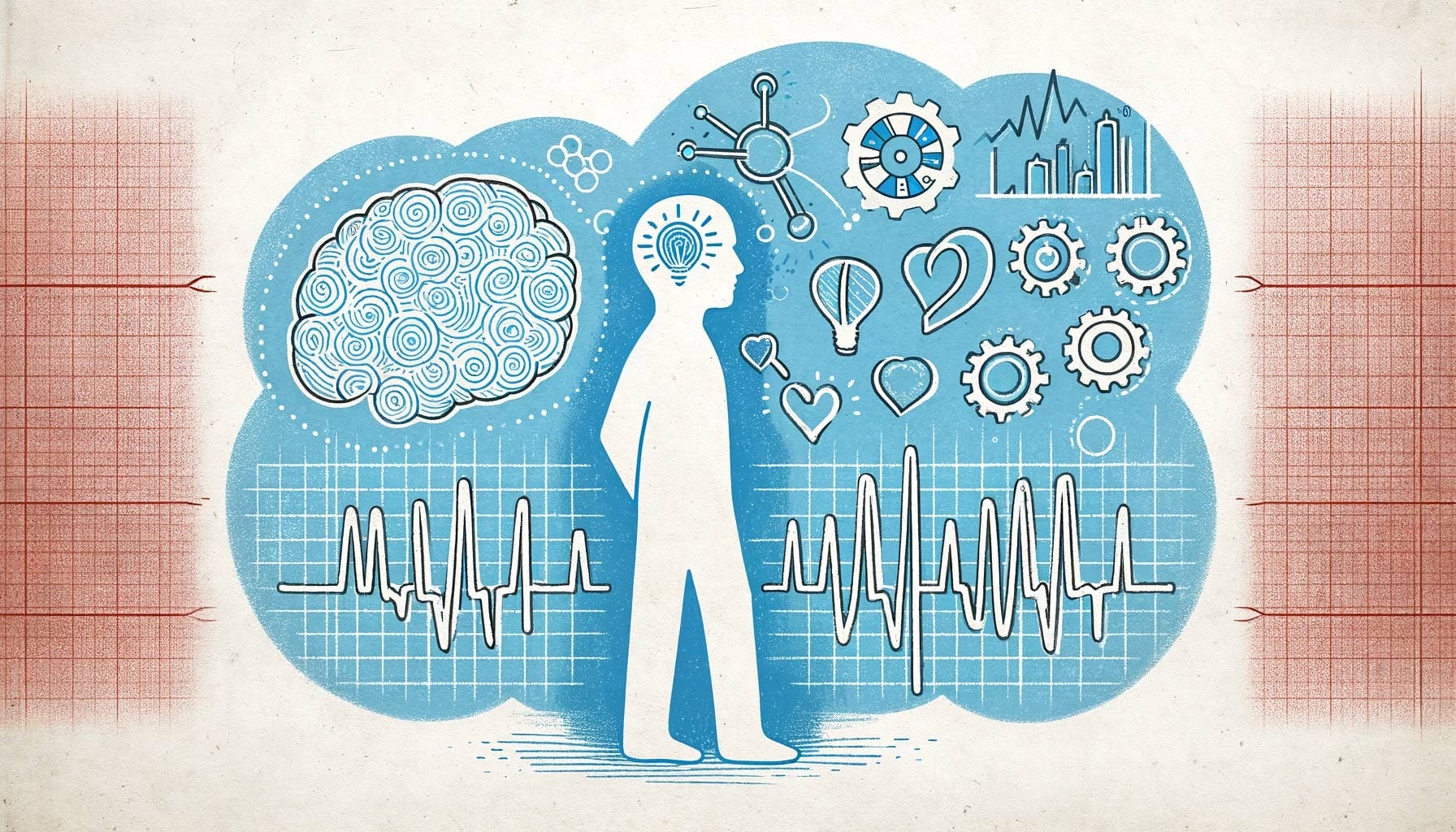
Heart Rate Variability (HRV) is a pivotal metric in understanding overall health and wellness. By offering insights into the body’s stress response and recovery mechanisms, HRV serves as a key indicator of both physical and mental health.
- Predictive Value: HRV’s ability to predict potential health issues makes it a valuable tool for proactive health management.
- Stress and Recovery: It reflects the body’s capacity to handle stress and recuperate, highlighting the importance of balance in the autonomic nervous system. Discover key strategies for stress management and recovery through heart rate variability in our concise article, “HRV in Stress Management and Recovery“.
- Wellness Indicator: High HRV is often associated with good cardiovascular health and overall well-being, while lower HRV can indicate stress or health concerns.
“Monitoring HRV can provide invaluable insights into your body’s resilience and adaptability, making it a crucial aspect of health and wellness management.”
The significance of HRV extends beyond just heart health, encompassing a holistic view of an individual’s well-being.
1.3 Brief Overview of the Article

This comprehensive guide delves into the intricate world of Heart Rate Variability (HRV). It encompasses a range of topics, starting from the basics and definition of HRV, its crucial role in health and wellness, and the scientific principles underpinning it. The article traces the historical evolution of HRV research, explores how HRV is measured, and examines its relevance in various domains such as physical health, mental well-being, sports, and lifestyle factors. Personal interpretation of HRV data, recent research, and practical tips for enhancing HRV are also covered, culminating in a reflection on the expanding significance of HRV in health research and personal well-being.
2. The Science Behind HRV
2.1 Explanation of How HRV is Measured
Heart Rate Variability (HRV) is measured by analyzing the time intervals between heartbeats, known as R-R intervals, derived from an electrocardiogram (EKG) or similar resting heart rate monitoring devices. These intervals vary and are influenced by the autonomic nervous system’s (ANS) control over the heart. The measurement process involves:
- Capturing Heartbeat Data: Through EKG or heart rhythm monitors, which record the heart’s electrical activity.
- Analyzing R-R Intervals: Focusing on the variation in milliseconds between consecutive heartbeats.
- Calculating HRV Metrics: Using statistical and mathematical methods like the Root Mean Square of Successive Differences (RMSSD) to quantify HRV.
“HRV measurement provides a window into the heart’s responsiveness to physiological and environmental factors, reflecting the balance between the sympathetic and parasympathetic nervous system.”
2.2 Role of the Autonomic Nervous System in HRV
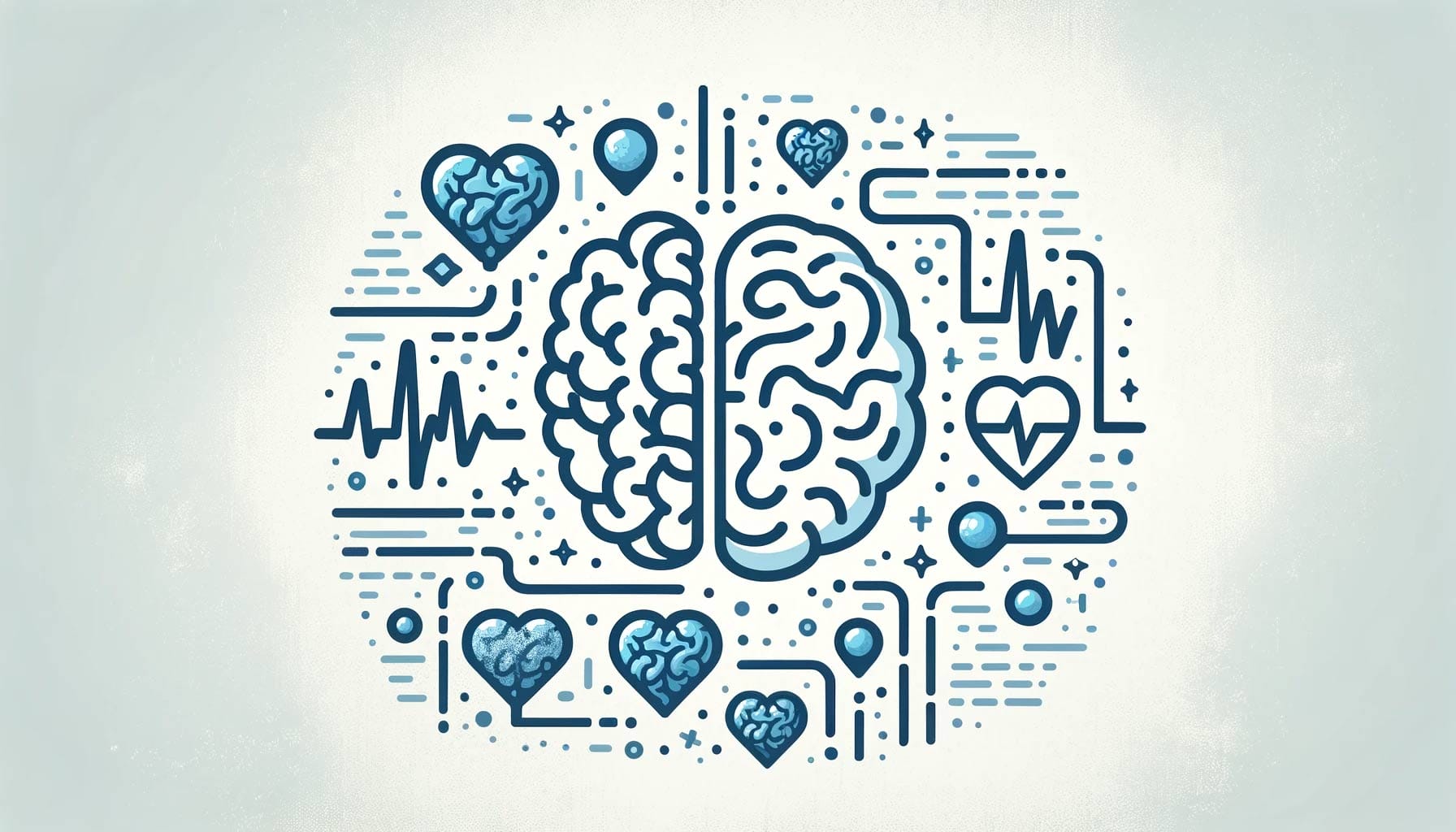
Heart Rate Variability (HRV) is deeply intertwined with the autonomic nervous system (ANS), which plays a critical role in regulating heart rate. The ANS comprises two main branches:
- Parasympathetic Nervous System (PNS): Also known as the ‘rest-and-digest’ system, it slows the heart rate, increasing HRV.
- Sympathetic Nervous System (SNS): The ‘fight-or-flight’ response, accelerating the heart rate and reducing HRV.
These systems constantly interact, influencing HRV based on the body’s current needs.
2.3 HRV as an Indicator of Physiological Stress and Recovery
HRV serves as a powerful marker for physiological stress and the body’s recovery state:
- Stress Response: Lower HRV often indicates increased stress or a strain on the body.
- Recovery and Adaptability: Higher HRV suggests effective recovery and adaptability of the body to stressors.
Monitoring HRV can provide insights into the body’s stress levels and recovery capabilities, making it a valuable tool in health and wellness management.
The comprehensive impact of stress and the importance of recovery is further explored in HRV and Mental health: Beyond Stress and Anxiety, which delves into how HRV can guide overall wellness strategies.
3. Historical Perspective of HRV Research
3.1 Early Studies and Discoveries
The exploration of Heart Rate Variability (HRV) has a rich history, marked by significant studies and discoveries:
- Initial Observations: Early observations noted the variability in the heart rate of different individuals.
- Technological Advancements: With the advent of the electrocardiogram (EKG), researchers could study HRV in detail.
- Emerging Understanding: Initial studies primarily focused on understanding the basic mechanisms behind HRV.
These early explorations laid the groundwork for today’s sophisticated understanding of HRV and its implications in health and wellness.
“The journey of HRV research began with simple observations, evolving into a complex field of study thanks to technological progress.”
3.2 Evolution of HRV Understanding and Technology

The understanding of Heart Rate Variability (HRV) has evolved significantly alongside advancements in technology.
- Early Research: Initially, HRV was a basic concept, observed through rudimentary tools.
- Technological Leap: With modern electrocardiograms (EKGs) and heart rate monitors, HRV analysis became more precise and insightful.
- Digital Era: The advent of digital technology and wearables has revolutionized HRV monitoring, making it accessible for personal health tracking.
“The evolution of HRV technology mirrors the journey from a scientific curiosity to an integral part of personal health monitoring.“
This evolution has transformed HRV from a niche medical metric to a widely used tool in health and wellness. Delve into the complexities of measuring heart rate variability in our detailed article, “Unraveling the Intricacies of HRV Measurement Techniques“.
4. How HRV is Measured
4.1 Tools and Technologies for Measuring HRV
Measuring Heart Rate Variability (HRV) involves specialized tools and technologies designed to accurately capture the subtle variations in heartbeats:
- Electrocardiograms (EKG/ECG): The gold standard for medical-grade HRV measurement, providing detailed heart rate data.
- Wearable Devices: Smartwatches and fitness trackers equipped with heart rate sensors offer a convenient way to monitor HRV.
- Mobile Apps: Pairing with wearable devices, apps like Oura provide user-friendly interfaces for tracking and analyzing HRV data.
“Advancements in wearable technology have made HRV monitoring more accessible, allowing individuals to track their heart’s health and stress levels.”
4.2 Accuracy and Reliability of Methods
 The accuracy and reliability of HRV measurement methods vary:
The accuracy and reliability of HRV measurement methods vary:
- Professional Tools: EKGs used in clinical settings offer the highest accuracy.
- Consumer Wearables: Devices like smartwatches provide convenience but may vary in precision.
“While wearable devices offer easy HRV tracking, professional tools like EKGs remain the gold standard for accuracy.“
4.3 DIY Methods vs Professional Monitoring
Comparing DIY methods to professional monitoring:
- DIY Methods: Accessible, using wearables and apps, suitable for general wellness tracking.
- Professional Monitoring: More accurate, involving sophisticated tools, essential for clinical diagnoses.
DIY methods are great for everyday use, but for medical insights, professional monitoring is recommended.
5. HRV and Physical Health
5.1 HRV in Cardiovascular Health
Heart Rate Variability (HRV) is closely linked to cardiovascular health:
- Indicator of Cardiac Function: HRV reflects the heart’s efficiency and adaptability.
- Predictive Value: High HRV often indicates good heart health, while low HRV can signal potential cardiac issues.
- Monitoring Tool: Regular HRV monitoring can help in early detection and management of cardiovascular diseases. Explore the essential role of heart rate variability in cardiology for heart health in our informative article, “HRV in Cardiology: A Vital Tool for Heart Health“.
“HRV serves as a non-invasive window into the health of the heart, offering vital clues about cardiovascular well-being.”
5.2 HRV in Predicting and Managing Illnesses
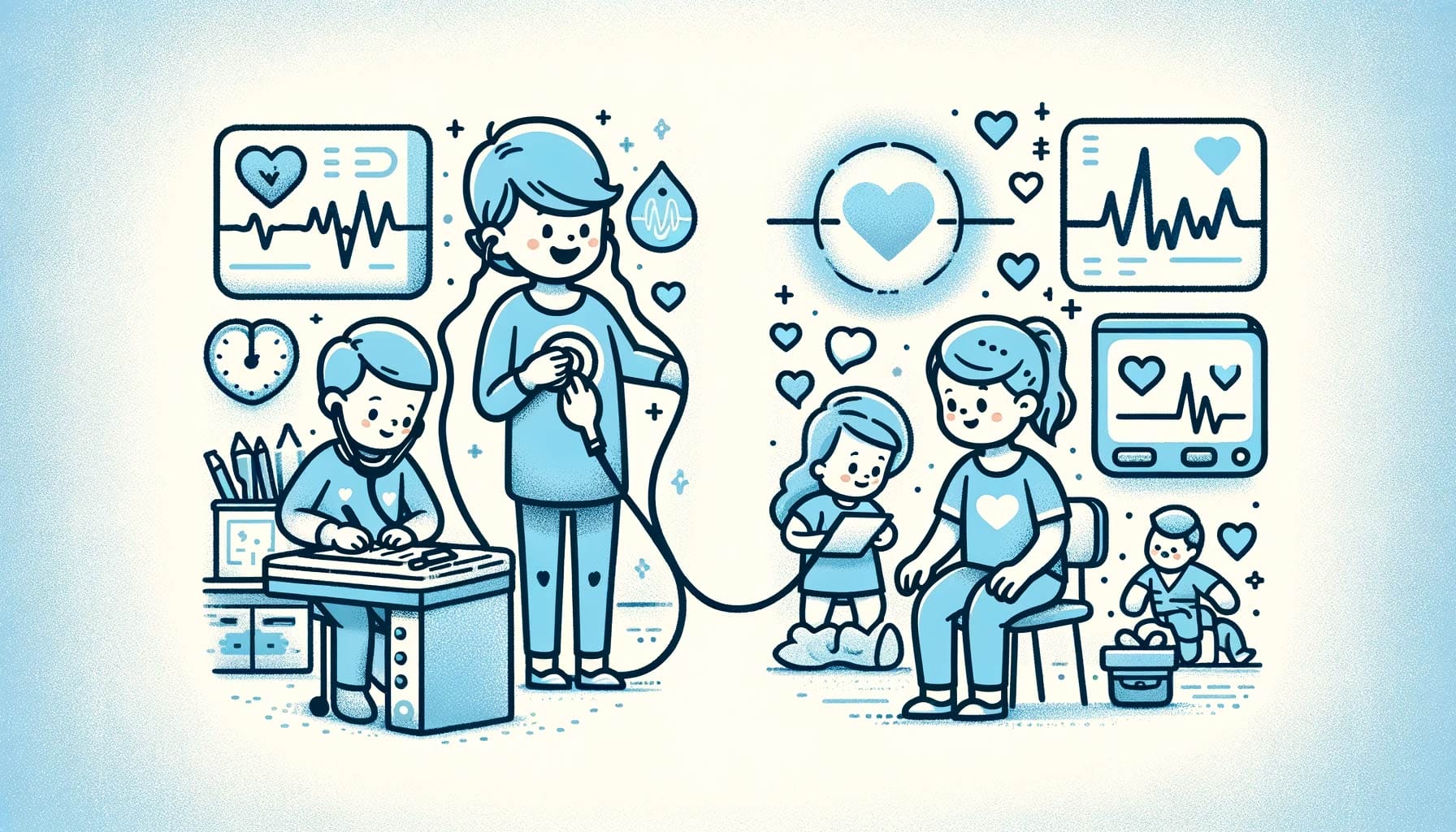
HRV is a valuable tool in the medical field for predicting and managing various illnesses:
- Early Detection: HRV can indicate the onset of certain diseases before other symptoms arise.
- Chronic Illness Management: Monitoring HRV helps in managing chronic conditions like heart diseases and diabetes. Discover how heart rate variability is revolutionizing personalized medicine in our article, “HRV and Personalized Medicine: Tailoring Health Strategies for Individual Needs“.
5.3 Impact of Exercise on HRV
Exercise plays a significant role in influencing HRV:
- Enhancing HRV: Regular physical activity is known to improve HRV, indicating better heart health.
- Customizing Training: Athletes use HRV to tailor their training programs for optimal performance. Discover the transformative impact of heart rate variability in sports science for athletes in our concise article, “Harnessing HRV in Sports Science: A Game-Changer for Athletes“.
“HRV acts as a crucial health metric, guiding both clinical interventions and personalized fitness regimes.”
6. HRV and Mental Well-being
6.1 Stress, Anxiety, and HRV
Heart Rate Variability (HRV) plays a crucial role in understanding mental well-being, particularly in relation to stress and anxiety:
- Stress Response Indicator: Lower HRV can indicate a heightened stress response or anxiety levels.
- Mental Health Monitoring: Consistent HRV monitoring can help in identifying patterns related to stress and anxiety.
- Intervention Guide: Variations in HRV can guide interventions for improving mental health.
HRV provides an objective measure to gauge mental well-being, offering insights into the body’s stress handling capabilities.
Gain deeper insights into the role of heart rate variability in mental health, beyond stress and anxiety, in our article, “HRV and Mental Health: Beyond Stress and Anxiety“.
6.2 HRV and Mindfulness Practices
HRV is closely associated with mindfulness practices:
- Impact of Mindfulness: Activities like meditation can positively influence HRV, enhancing the rest-and-digest response.
- Tracking Progress: Monitoring HRV can help evaluate the effectiveness of mindfulness routines in stress management.
6.3 HRV in Sleep Quality and Disorders
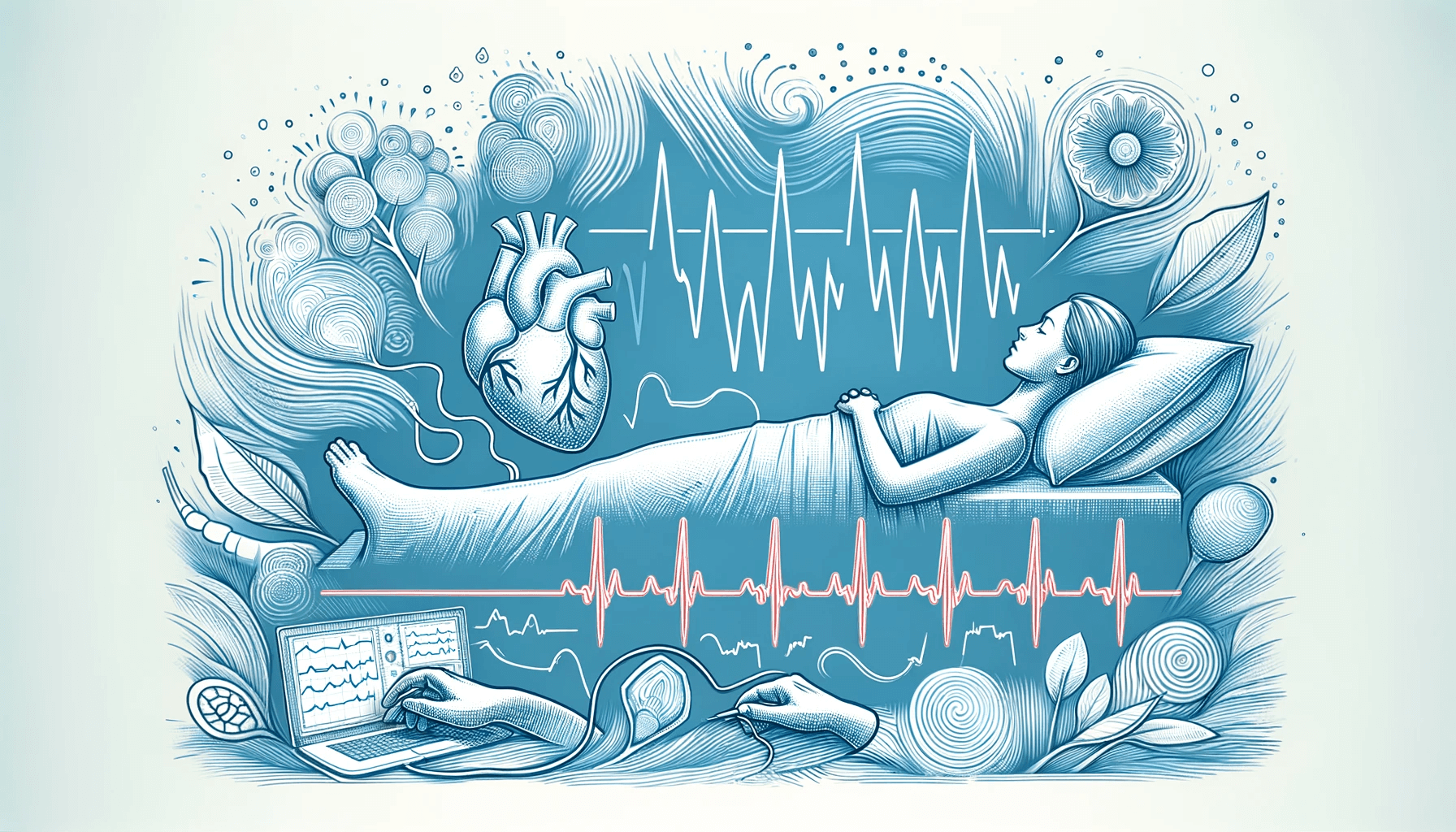
Sleep significantly affects HRV:
- Sleep Quality: Good sleep is often linked to higher HRV, indicating restorative body processes.
- Sleep Disorders: Conditions like insomnia or sleep apnea can lead to lower HRV, reflecting stress and poor recovery. Explore the role of heart rate variability in understanding sleep patterns in our insightful article, “HRV in Sleep Research: Unraveling the Mysteries of Rest“.
“Mindfulness practices and quality sleep are key to maintaining a healthy HRV, crucial for overall well-being.”
7. Normal Heart Rate Variability in Sports and Fitness
7.1 HRV in Athletic Training and Recovery
Heart Rate Variability (HRV) is increasingly utilized in sports for optimizing athletic training and recovery:
- Training Customization: Athletes use HRV to tailor their training intensity, ensuring optimal stress and recovery balance.
- Recovery Monitoring: HRV provides insights into how well an athlete’s body recovers after intense workouts or competitions.
- Performance Enhancement: By monitoring HRV, athletes and coaches can make informed decisions to enhance overall performance.
“HRV has become a crucial tool in sports, helping athletes fine-tune their training and recovery for peak performance.”
7.2 HRV as a Tool for Performance Optimization
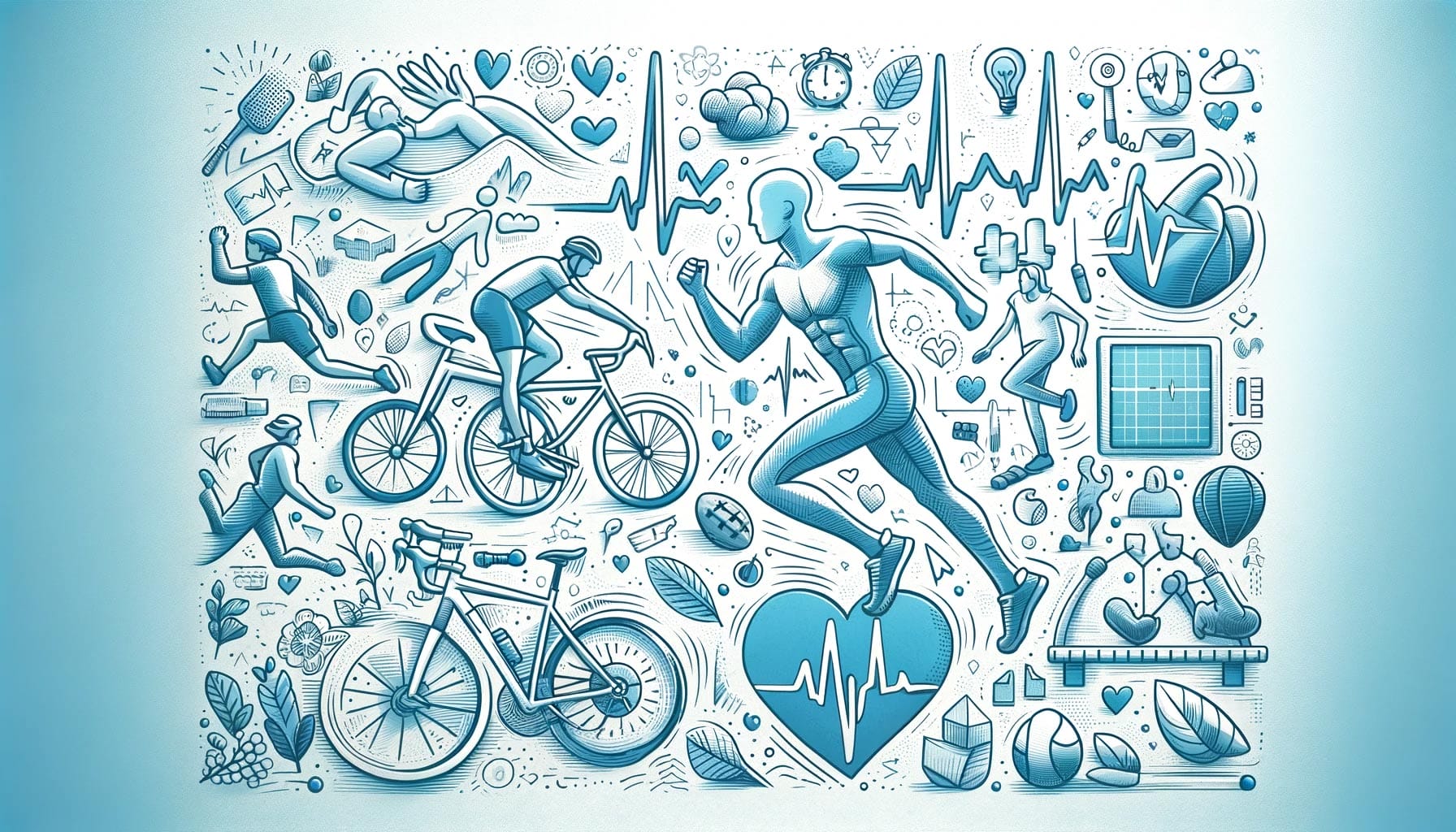
HRV is increasingly used in sports for optimizing athletic performance:
- Training Adjustments: Athletes use HRV data to tailor training intensity, ensuring effective stress management and recovery.
- Performance Insights: Monitoring HRV helps in identifying the best conditions for peak performance.
7.3 Case Studies in Professional Sports
In professional sports, HRV has been instrumental:
- Individual Athlete Analysis: Case studies demonstrate how HRV data guided training adjustments for optimal performance.
- Team-Level Strategies: Teams use HRV to monitor players’ well-being and recovery, impacting strategic decisions.
“HRV has proven its value in the sports arena, offering critical insights for athletes striving for peak performance.”
8. Normal HRV and Lifestyle Factors 8.1 Diet and Nutrition
8.1 Diet and Nutrition
Diet and nutrition significantly impact Heart Rate Variability (HRV):
- Balanced Diet: A healthy, balanced diet can lead to higher HRV, indicating better autonomic balance.
- Nutritional Deficiencies: Poor nutrition can negatively affect HRV, reflecting stress on the body. Learn about the vital link between heart rate variability and nutrition in our insightful article, “HRV and Nutrition: Exploring the Heart-Gut Connection“.
“The link between diet, nutrition, and HRV underscores the importance of a healthy lifestyle for optimal heart health and stress management.“
8.2 Sleep Patterns and Circadian Rhythm

HRV is significantly influenced by sleep patterns and the circadian rhythm:
- Impact of Sleep: Quality sleep can enhance HRV, indicating better stress recovery and overall health.
- Circadian Rhythm: The body’s natural clock affects HRV, highlighting the importance of regular sleep schedules. Explore the role of heart rate variability in understanding sleep patterns in our insightful article, “HRV in Sleep Research: Unraveling the Mysteries of Rest“.
8.3 Environmental and Behavioral Influences
Environmental and lifestyle factors play a critical role in HRV:
- Stressful Environments: High-stress settings can lower HRV, reflecting increased sympathetic activity.
- Healthy Lifestyle Choices: Engaging in regular physical activity and stress management practices can improve HRV.
“The interplay between sleep, environment, and HRV underscores the importance of holistic well-being for optimal heart health.”
9. Understanding Your HRV: Personal Patterns and Variability 9.1 Interpreting Personal HRV Data
9.1 Interpreting Personal HRV Data
Interpreting personal HRV data involves understanding its unique patterns:
- Baseline Establishment: Establish your normal HRV range for accurate comparison.
- Daily Variations: Observe how daily activities and stressors affect your HRV.
- Long-Term Trends: Track changes over time to understand your health and stress management.
Personal HRV interpretation helps tailor wellness practices to individual needs.
9.2 Variability Among Individuals

HRV varies significantly from person to person:
- Individual Differences: Factors like genetics, lifestyle, and health impact HRV.
- Personal Baseline: It’s essential to establish a personal HRV baseline for accurate assessments.
9.3 Long-Term HRV Tracking and Analysis
Long-term tracking of HRV can provide valuable insights:
- Health Trends: Monitoring HRV over time helps in identifying health trends and potential issues.
- Lifestyle Impact: Long-term data can reveal the effects of lifestyle changes on HRV.
“HRV is a deeply personal metric, varying widely among individuals. Long-term tracking is key for understanding one’s unique health patterns.”
10. Latest Research and Future Directions in HRV measurement
10.1 Cutting-Edge Studies and Findings
Recent advancements in HRV research have been significant:
- Technological Innovation: Development of new tools and algorithms for more accurate HRV analysis.
- Health Applications: Exploring HRV’s role in early diagnosis and management of various health conditions.
- Mind-Body Connection: Studies emphasizing HRV’s connection to psychological states and mindfulness practices.
These developments hint at a future where HRV could play a crucial role in personalized healthcare and wellness strategies.
10.2 Potential Future Applications
Exploring the potential of HRV in various fields:
- Personalized Medicine: Tailoring treatments based on individual HRV patterns.
- Mental Health: Using HRV data to improve therapies for stress and anxiety.
- Fitness and Sports: Enhancing athletic training programs with HRV insights.
- Sleep Research: Leveraging HRV to understand and improve sleep quality.
HRV’s versatility promises significant advancements in both health and wellness sectors.
10.3 HRV in Personalized Medicine

The role of HRV in the future of healthcare:
- Predictive Health Analysis: Using HRV for early detection of potential health issues.
- Customized Wellness Plans: Crafting personalized health strategies based on HRV data.
- Chronic Disease Management: Monitoring HRV to manage conditions like heart disease.
- Stress and Recovery: Utilizing HRV to balance mental and physical health.
HRV is poised to become a pivotal tool in the realm of personalized medicine, offering a more nuanced approach to individual health.
Discover how heart rate variability is revolutionizing personalized medicine in our article, “HRV and Personalized Medicine: Tailoring Health Strategies for Individual Needs“.
11. Practical Tips for Improving and Monitoring HRV values
 11.1 Lifestyle Changes and Habits
11.1 Lifestyle Changes and Habits
Key strategies for enhancing HRV:
- Regular Exercise: Consistent physical activity boosts HRV.
- Balanced Diet: Nutrient-rich foods contribute to heart health.
- Stress Management: Techniques like meditation and yoga can improve HRV.
- Quality Sleep: Prioritizing restful sleep enhances HRV.
Small, daily changes can significantly impact your HRV, leading to better health and well-being.
11.2 Using Apps and Wearables Leveraging technology for HRV tracking:
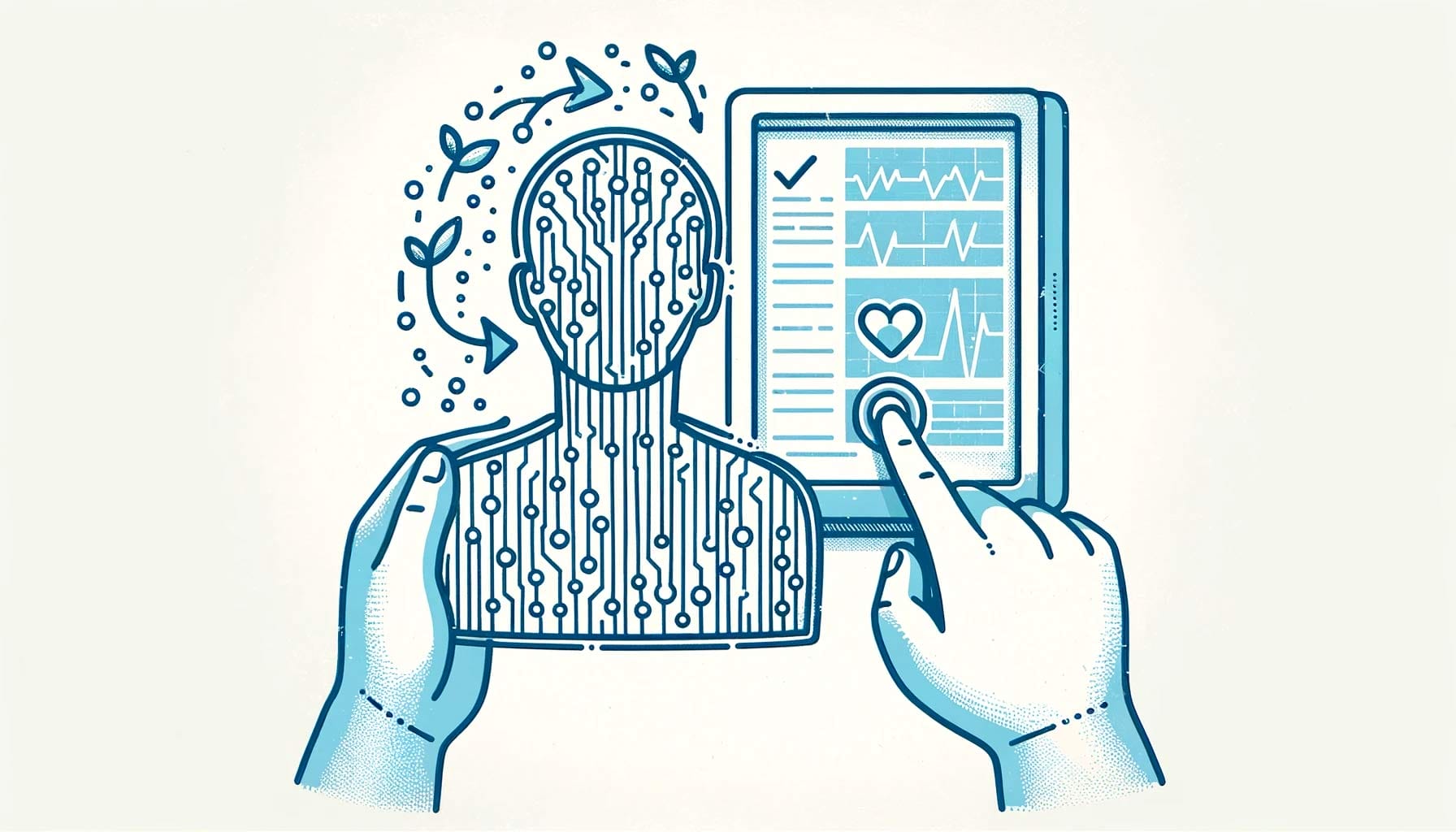
- Selecting Tools: Choose reliable HRV tracking devices and apps.
- Consistent Monitoring: Regular use for accurate HRV data.
- Data Analysis: Understand the metrics and what they signify.
Apps and wearables provide accessible ways to monitor HRV, helping you make informed decisions about health and lifestyle adjustments.
11.3 Integrating HRV Monitoring into Daily Life Incorporating HRV tracking into routine:
- Set Reminders: Regular check-ins for HRV measurement.
- Lifestyle Adjustments: Modify routines based on HRV feedback.
- Data Tracking: Keep a journal or use apps for progress.
Integrating HRV monitoring into daily life helps in recognizing patterns and making proactive health choices.
12. Conclusion: The Expanding Role of HRV parameters in Health and Research
12.1 Summarizing Key Points
- HRV Significance: Reflects heart adaptability, linked to the autonomic nervous system, with variations indicating different health and stress levels.
- Individual Relevance: Each person’s HRV is unique, making personal monitoring crucial.
- Technology Integration: Advancements in wearables and apps enhance HRV tracking and interpretation.
In summary, HRV’s pivotal role in health and wellness underscores its growing importance in research and practical applications.
12.2 Growing Importance of HRV

-
- Healthcare Integration: Increasing recognition of HRV as a vital health indicator in clinical and wellness settings.
- Research Impact: Growing body of research underlines HRV’s role in diverse health conditions.
12.3 Encouraging Exploration and Awareness
- Public Engagement: Efforts to raise public awareness about HRV and its health implications.
- Continued Research: Encouraging ongoing studies to unlock further potential of HRV in health management.
HRV’s growing significance in health and research highlights its potential as a key tool for health optimization and disease prevention.
13. References and Further Reading
13.1 Citing Sources
-
- The article references various studies and articles to provide comprehensive insights on HRV.
- Sources include scientific journals, health publications, and research papers.
- These references are integral to understanding the complexities and applications of HRV.
For detailed information and specific studies referenced, readers are encouraged to consult the original article and the sources cited therein for a deeper understanding of Heart Rate Variability and its significance.
13.2 Suggesting Additional Resources
-
- For those seeking to delve deeper into HRV, a variety of books, academic journals, and online courses are available.
- Websites like PubMed and Google Scholar offer a wealth of research papers and studies on HRV.
- Online forums and health blogs provide community insights and personal experiences related to HRV.
- Professional medical associations and wellness organizations often publish guidelines and research updates on HRV and related topics.
These resources offer a pathway for readers to expand their knowledge and understanding of Heart Rate Variability beyond this article.
You Might Also Be Interested



Frequently asked questions about this topic:
What is Heart Rate Variability (HRV)?
+
Heart Rate Variability (HRV) is the variation in time intervals between consecutive heartbeats. It’s an essential indicator of the autonomic nervous system’s balance and reflects the body’s ability to adapt to stress and recovery.
Why is measuring HRV important?
+
Measuring HRV is important as it provides insights into an individual’s overall health and wellness. It helps predict potential health issues, monitors stress and recovery, and is a key indicator of cardiovascular health.
How is HRV measured?
+
HRV is measured by analyzing the R-R intervals from an EKG or heart rate monitor. It involves capturing heartbeat data, analyzing the variation in intervals, and calculating HRV metrics using statistical methods.
What role does the autonomic nervous system play in HRV?
+
The autonomic nervous system, comprising the parasympathetic and sympathetic branches, plays a crucial role in regulating HRV. It influences HRV based on the body’s current needs, affecting heart rate and variability.
How does HRV relate to stress and recovery?
+
HRV serves as a marker for physiological stress and recovery. Lower HRV often indicates increased stress, while higher HRV suggests effective recovery and adaptability to stressors.
Can HRV be improved through lifestyle changes?
+
Yes, HRV can be improved through lifestyle changes such as regular exercise, a balanced diet, stress management techniques, and quality sleep. These factors contribute to heart health and stress management, thereby enhancing HRV.

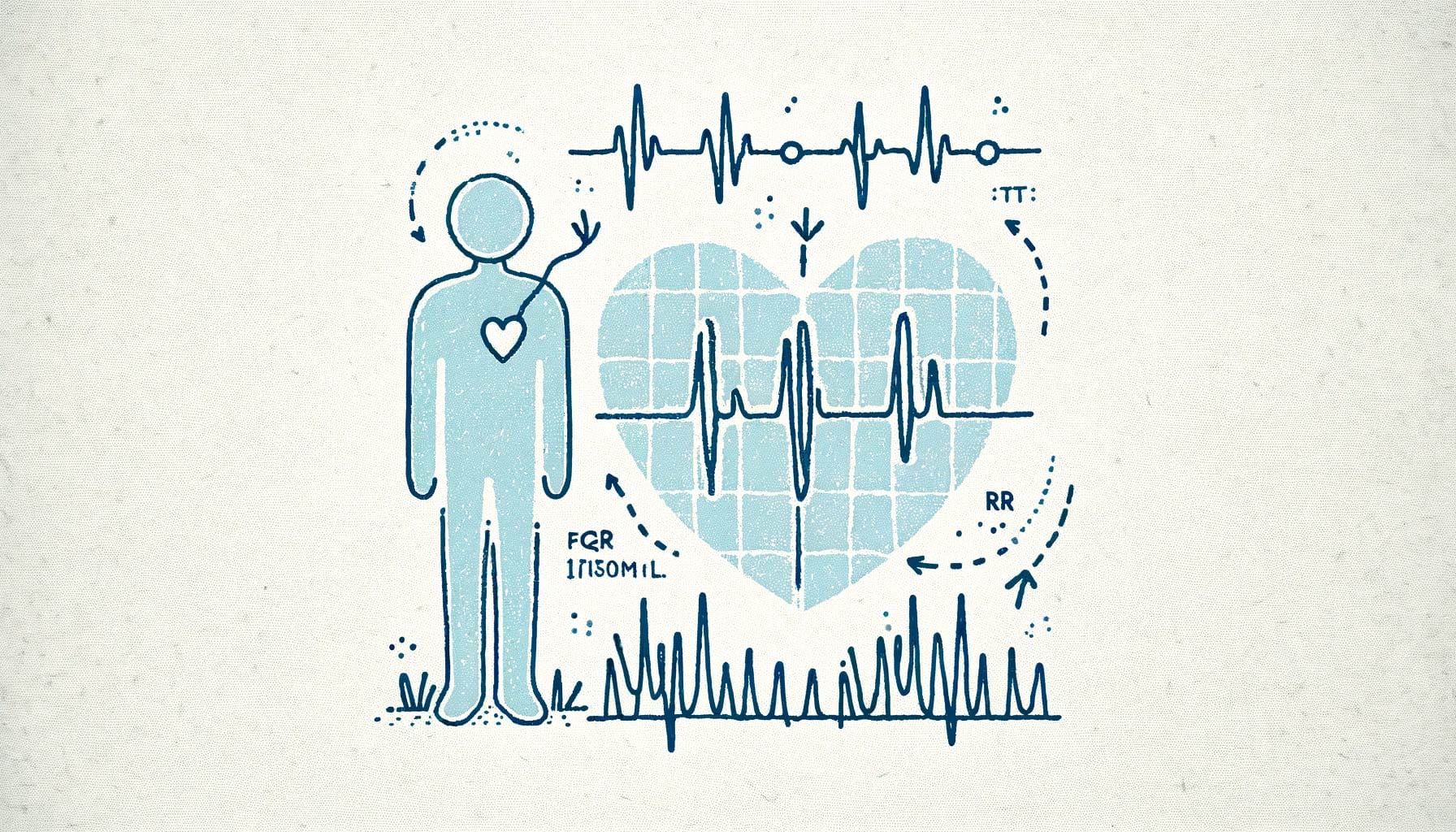
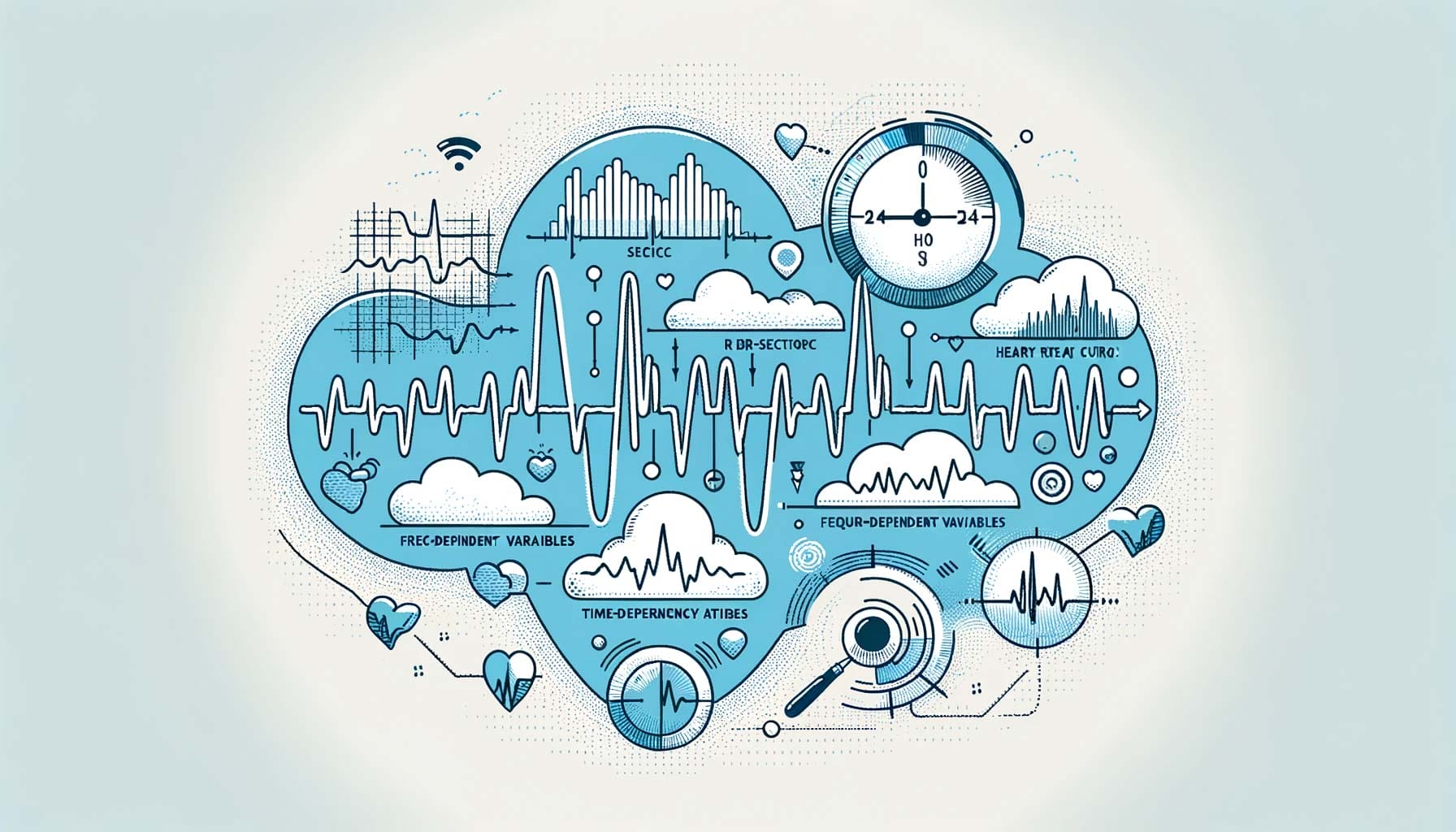

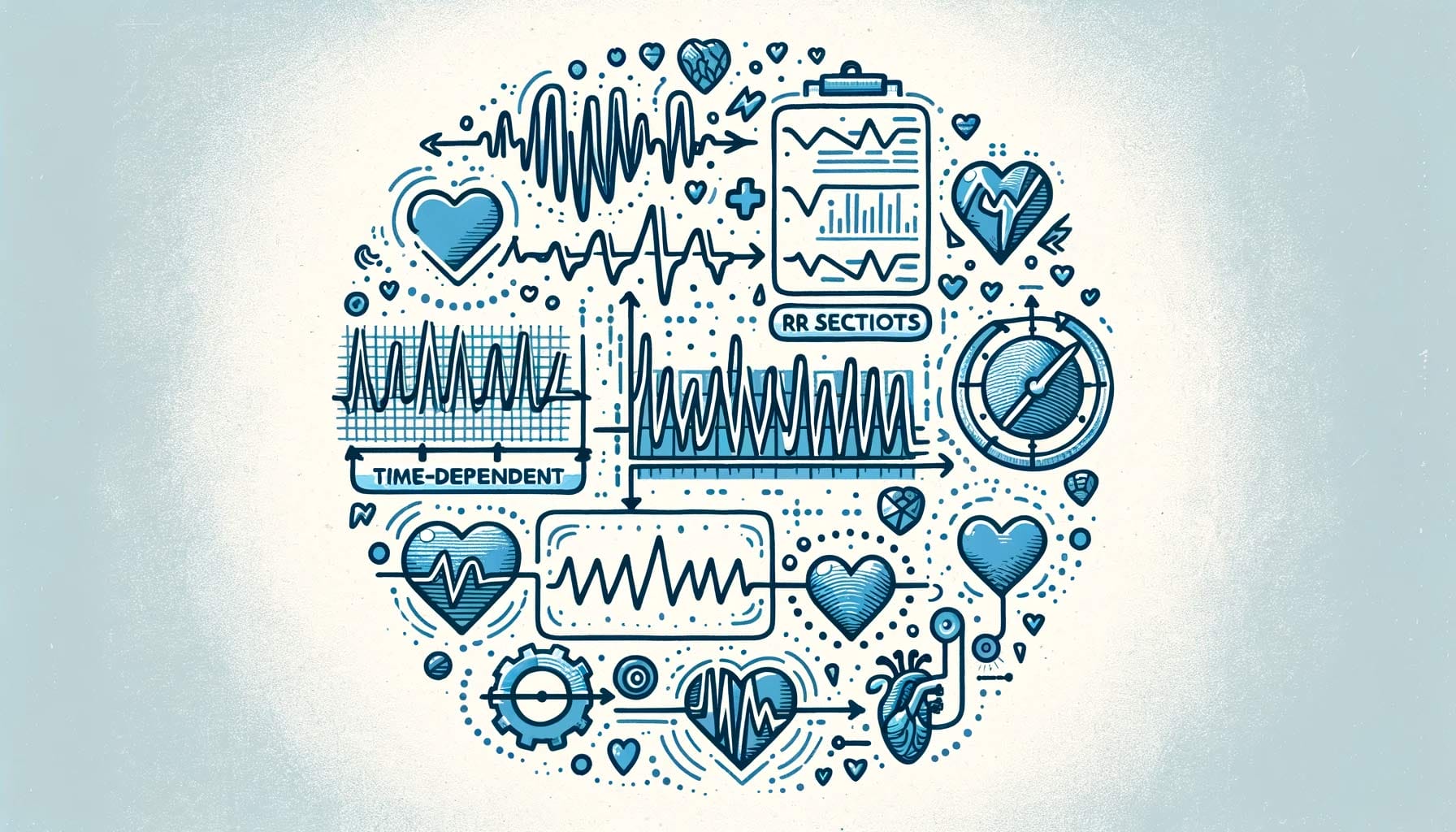


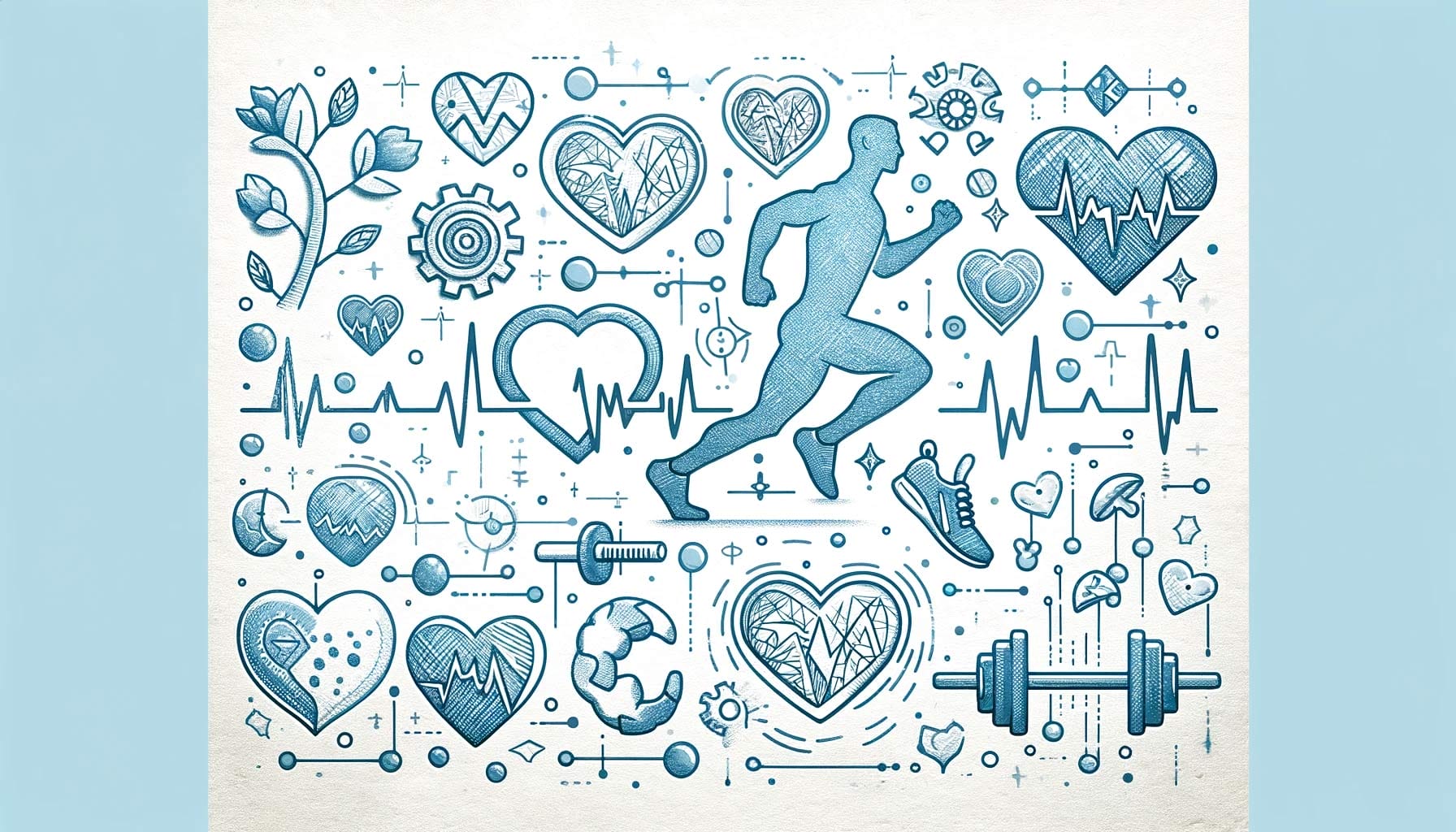
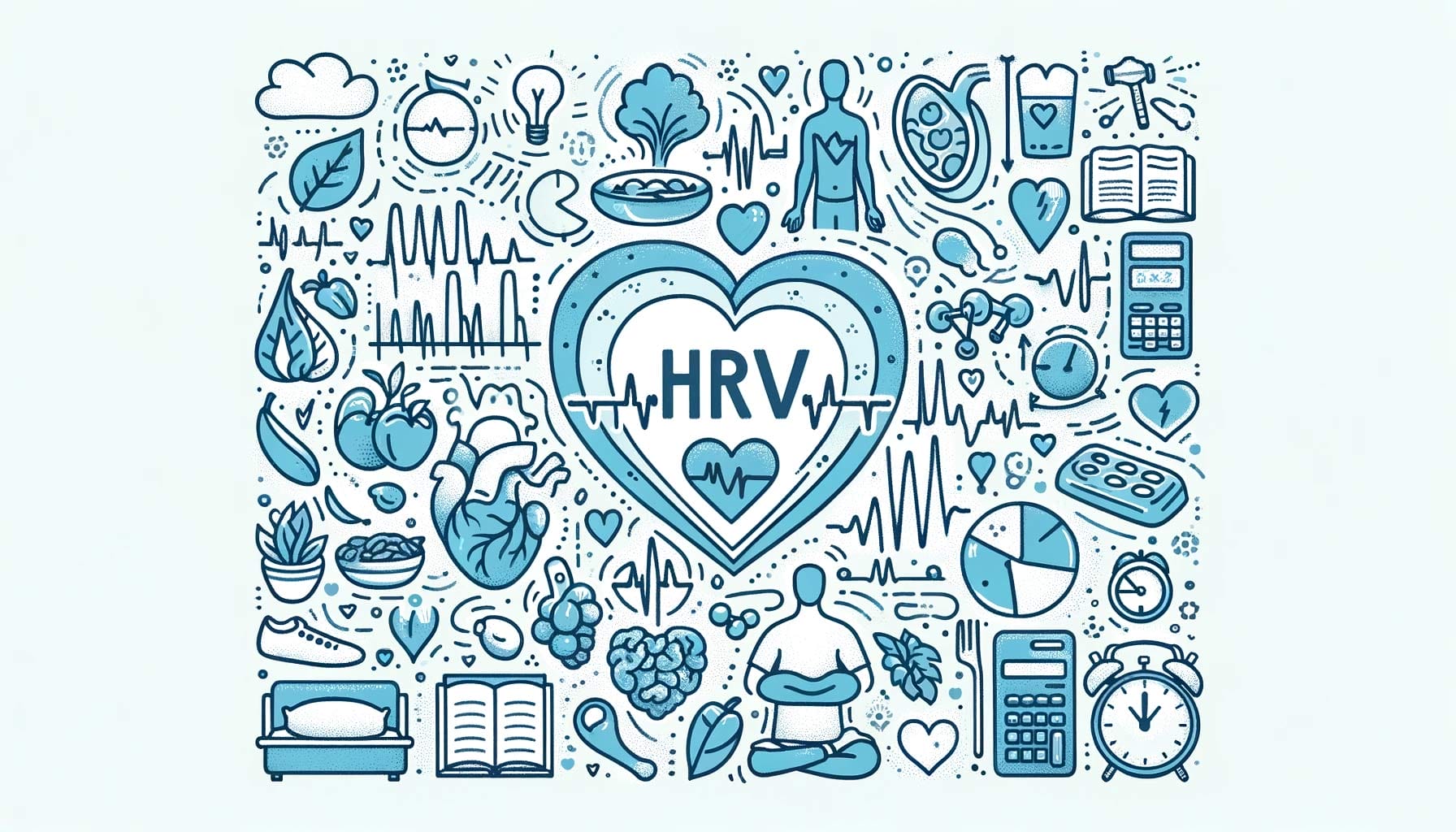 8.1 Diet and Nutrition
8.1 Diet and Nutrition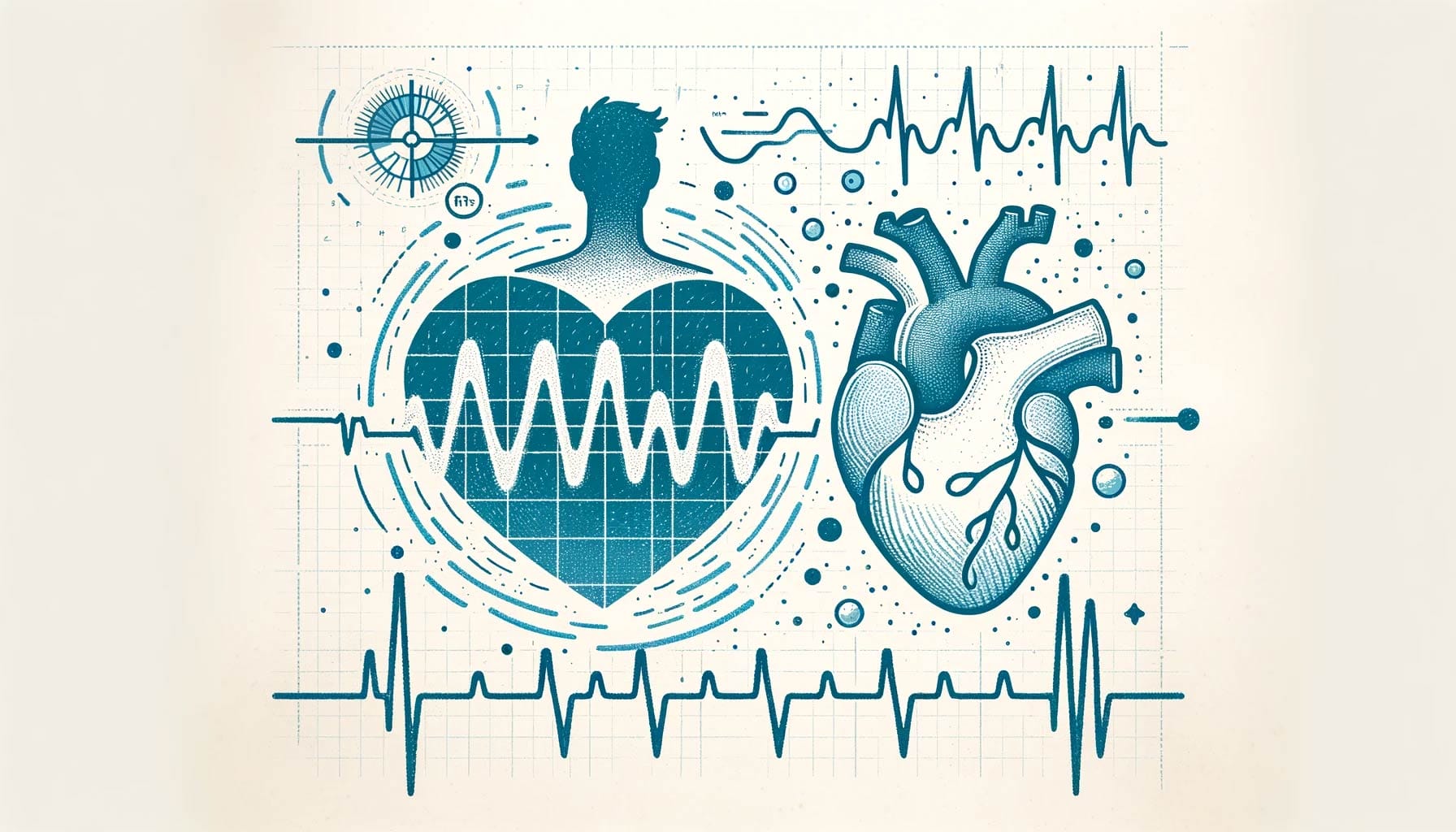 9.1 Interpreting Personal HRV Data
9.1 Interpreting Personal HRV Data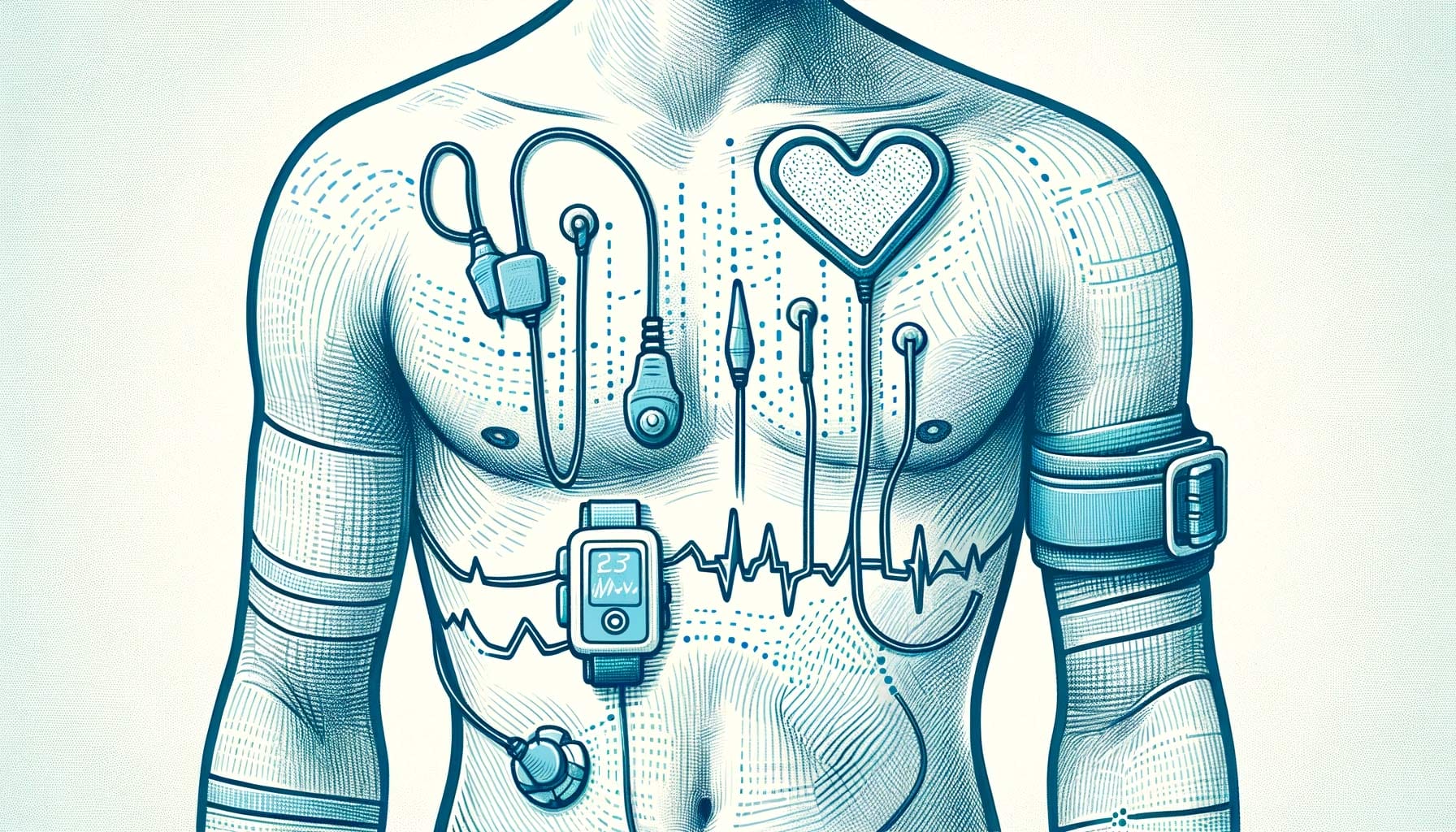
 11.1 Lifestyle Changes and Habits
11.1 Lifestyle Changes and Habits
